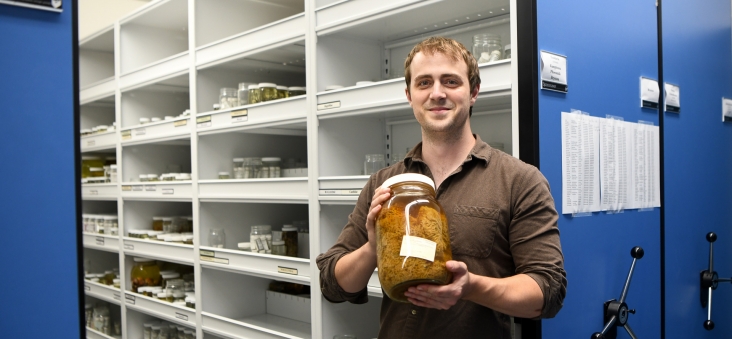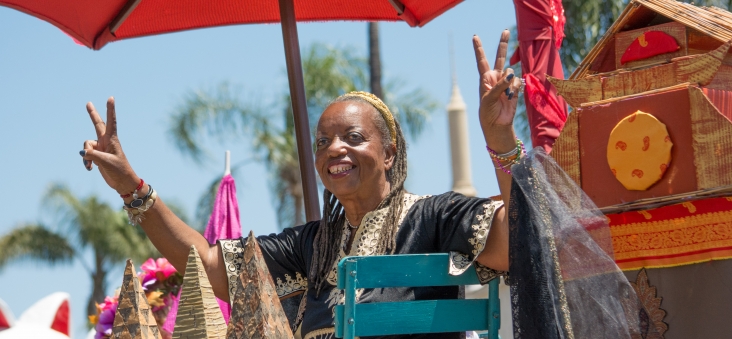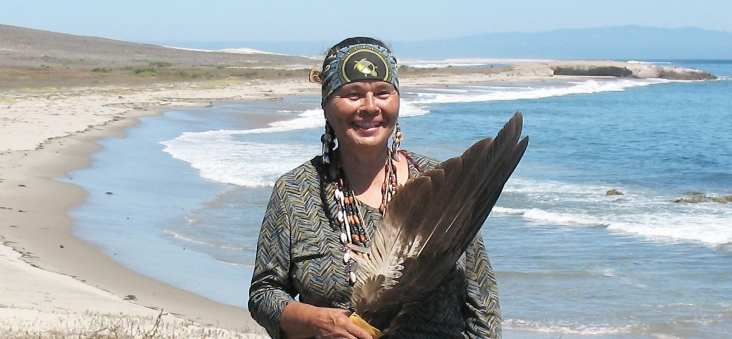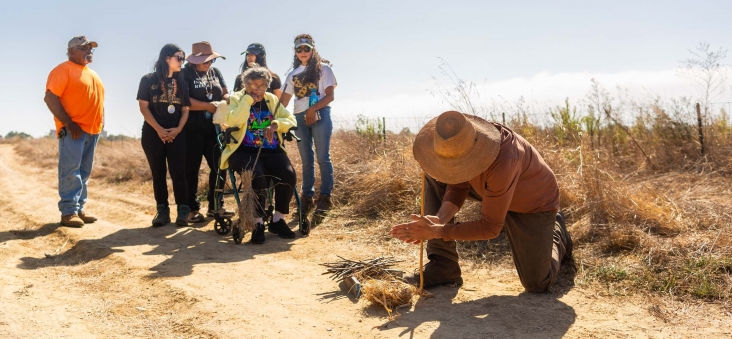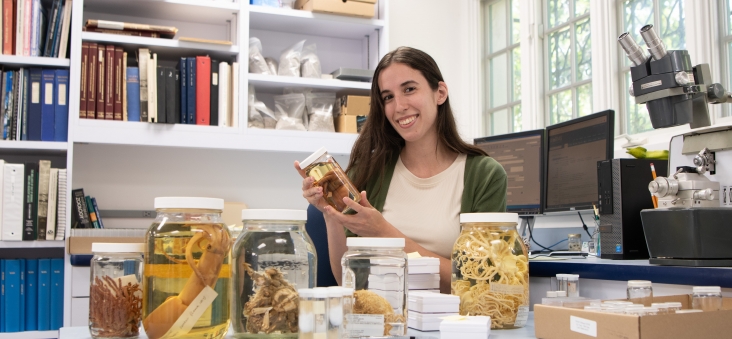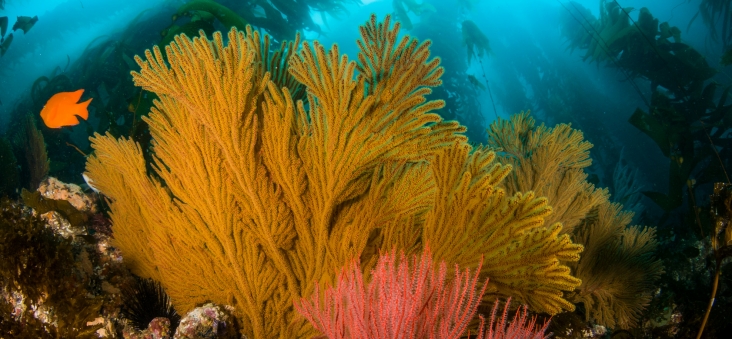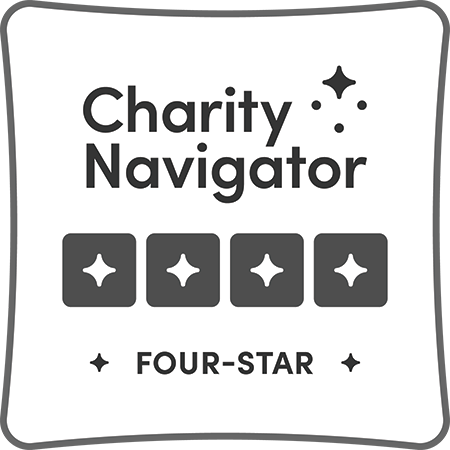By Owen Duncan
An interview with Curator Emeritus of Malacology Paul Valentich-Scott
OD: Your recently published study introduced the world to a new species of clam from South Africa. How did this collaboration come about in the first place?
PVS: I’m mostly a Pacific guy, but in 2013 I named a new species off of California and British Columbia, Waldo arthuri, which really caught on in the press. Charles Griffiths, a marine biologist in South Africa and emeritus professor at University of Cape Town, saw this. He emailed me a picture of a sea urchin with tiny little clams all over it, saying, “What is this?” I said, “If you send me some, I can tell you.” He sent them to me, and I didn’t even know the genus. But I could tell it was part of this understudied group, the galeommatids (gal-ee-oh-MAT-ids).
Get to know the galeommatids














